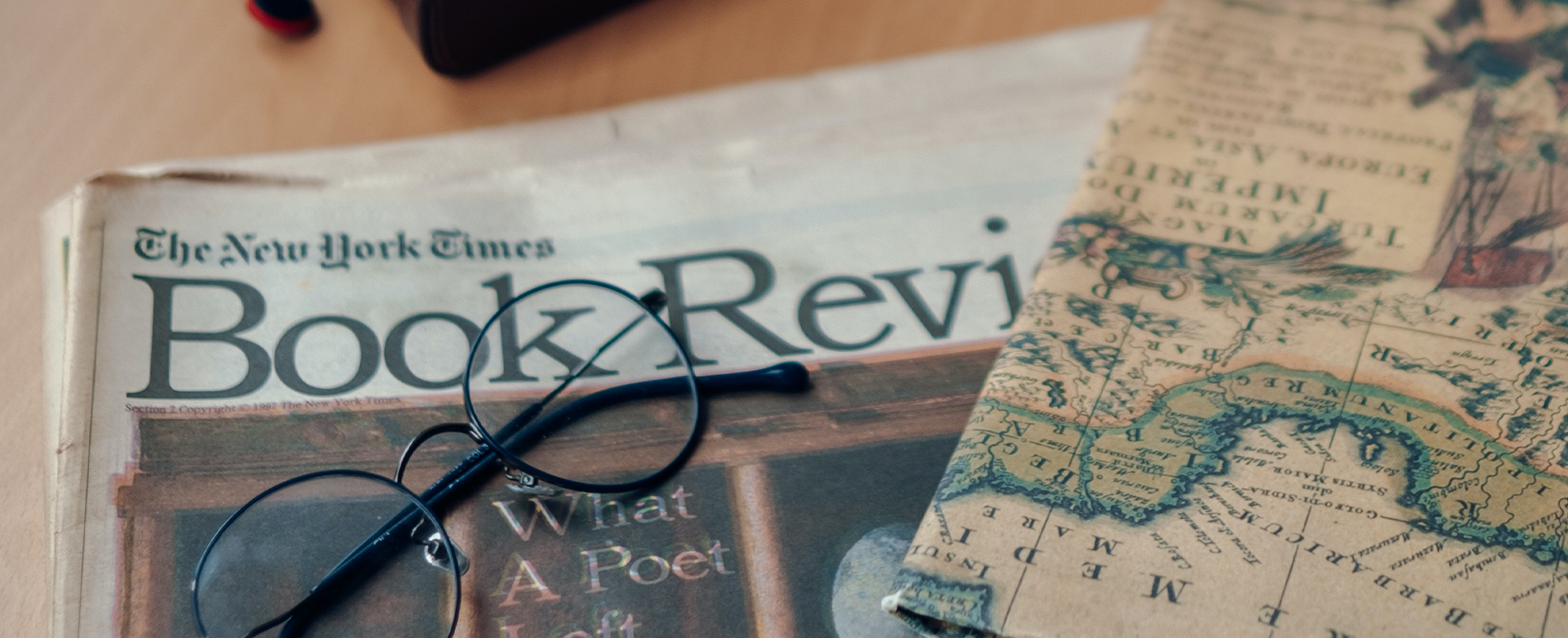The seal appeared in people's lives in ancient times as a symbol of identity and a keepsake. From the Spring and Autumn period and the Warring States period to today, seal culture has been passed down for thousands of years of history.
However, when it comes to the origin of seals, if the bronze seal with taotie pattern unearthed in Yin Xu in Anyang in 1998 is the oldest seal that can be verified today, then the history of Chinese seals should be before Shang Dynasty.

1
During the Warring States period, seals were already very popular, and the use of seals became a widespread trend at that time, forming the first climax of the development of Chinese seals.
In the Qin Dynasty, the system of using seals stipulated that only the emperor could call a seal. At this point, the seal became a symbol of status and power.
Subsequently, the Han Dynasty inherited the Qin system, and the emperor referred to it as a seal, while the general officials referred to it as a seal, seal, or seal. After the Sui and Tang dynasties, the size of official seals gradually increased, mostly consisting of nine tripod inscriptions.
After Wu Zetian came to power, she ordered the seal to be changed into treasure because of the death of the evil "seal". After Emperor Xuanzong of Tang of the Tang Dynasty, "treasure", as the special name of the emperor's seal, has been inherited until the Qing Dynasty.

2
In addition, there were some other names for seals in various dynasties, such as in the pre Qin period, seals were called seals, seals, seals, seals, and private seals.
In the Han Dynasty, seals were also known as Xingxi seals, including seals, seals, private seals, letters, seals, private seals, only seals, and seals.
The seals of the Tang Dynasty and the Five Dynasties and Ten Kingdoms period are also called "Bao", "Ji", and "Zhu". The seals of the Song and Yuan Dynasties are called "Ji", "Song", "Contract", "Monogram", and also "Yuan".
Later in the Ming and Qing dynasties, seals were also known as Guan Fang, Fu, Qi, Tu Ji, Si Ji, Tu Zhang, Zhi Zhuan, and Zhuan.
Finally, in New China, seals were referred to as seals, seal cutting, and official seals.
Seals have different titles in various dynasties, but their forms have evolved easily and there are many synonymous compounds, commonly known as "seals, seals, seals" and their combinations.

3
The inheritance of seals in various times is not only a kind of credit, a kind of power, but also the heritage and essence of China's millennium culture.
Nowadays, in modern times, there are more types of seals, including zodiac seals, toy seals, flipped ink seals, rolling confidentiality seals, combination wood seals, and so on.
But whether it was once or now, as a cultural and playful object, seals have always carried the thoughts of the carver and the soul of the owner; Speak silently with sound; A indifferent attitude towards life; Deep cultural heritage.
As our work partners, seals always help us deal with some trivial matters in our work, and accompany us wholeheartedly to grow and spend time together.


